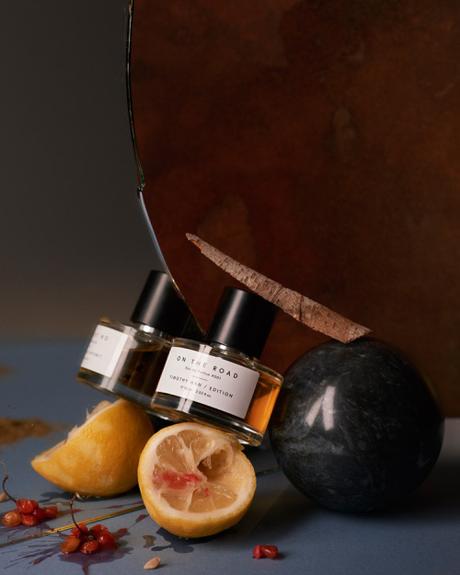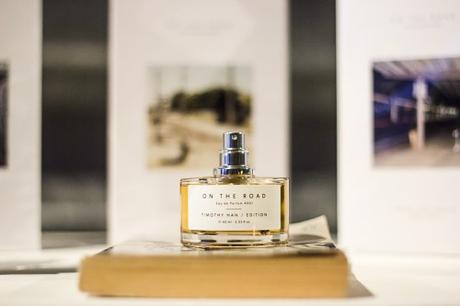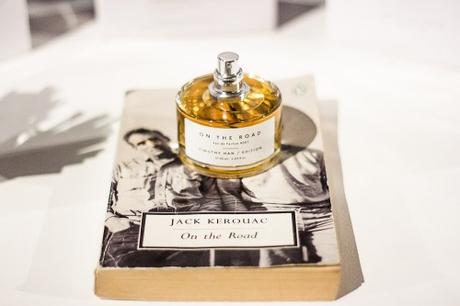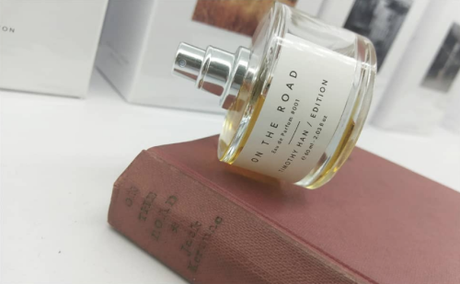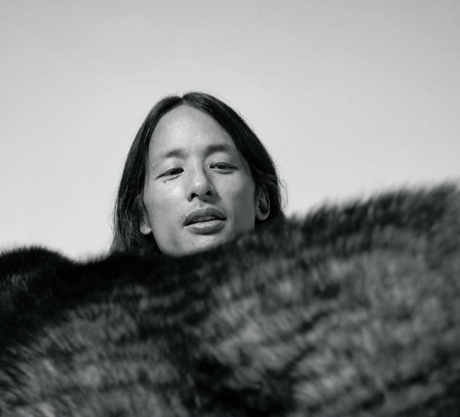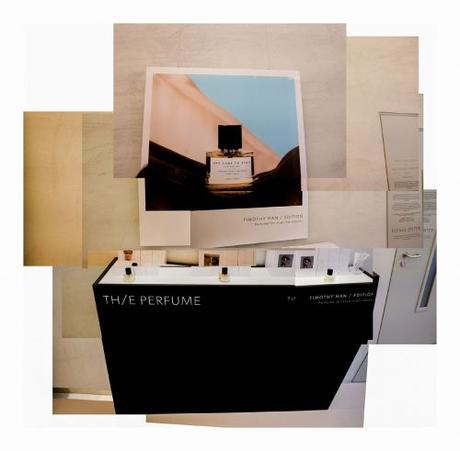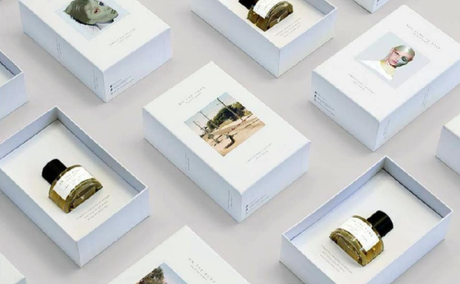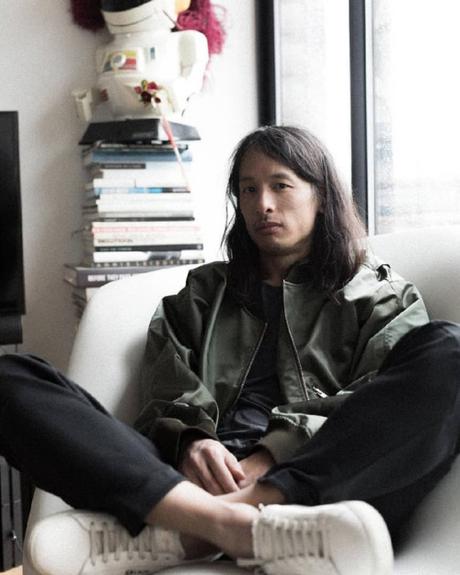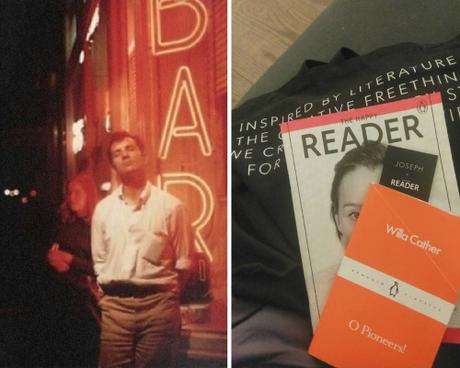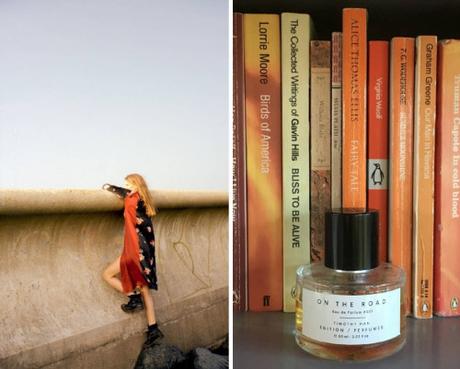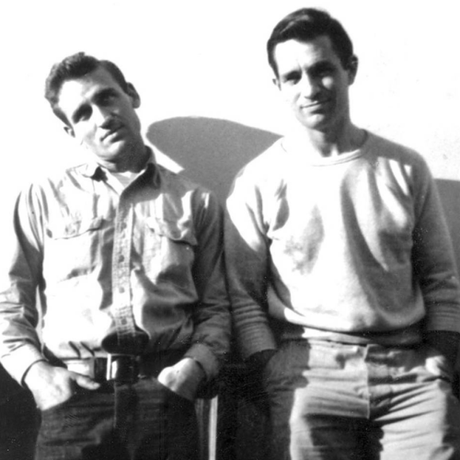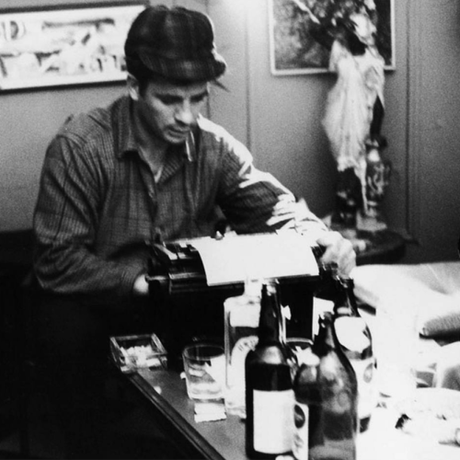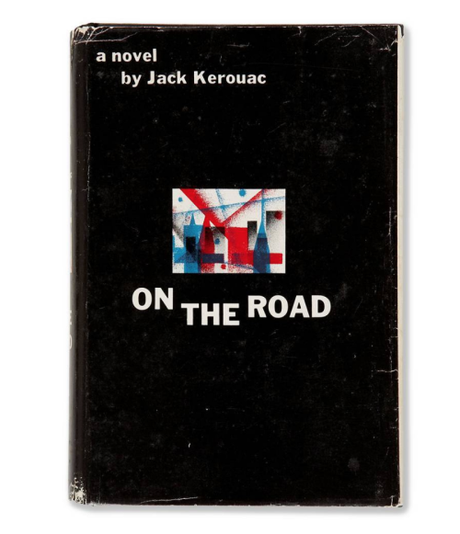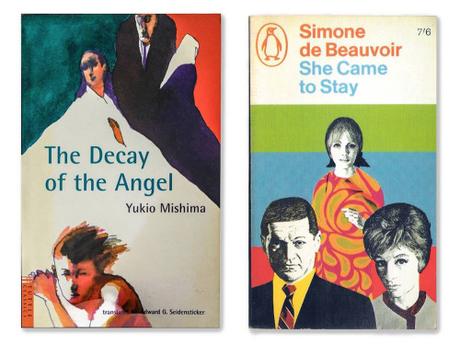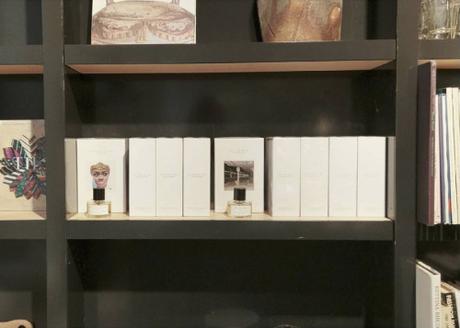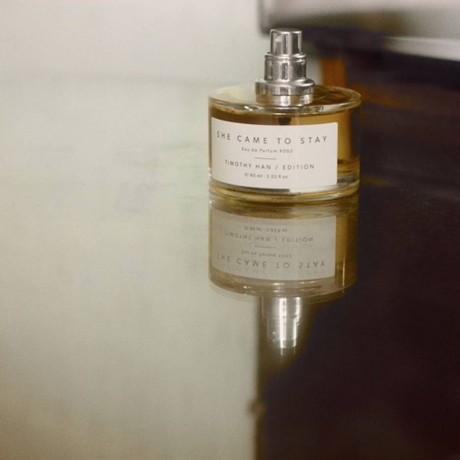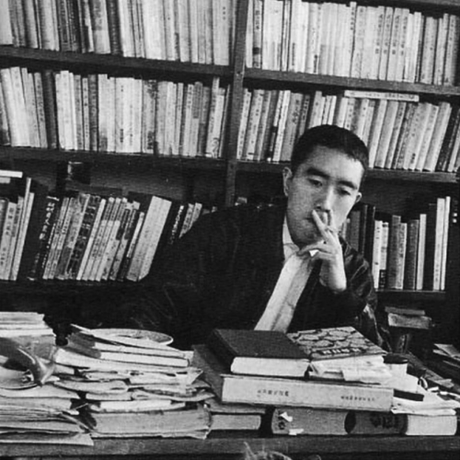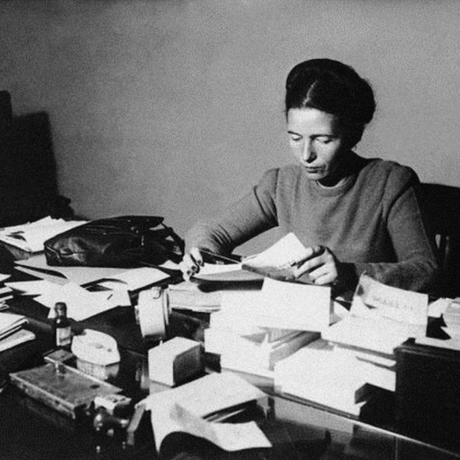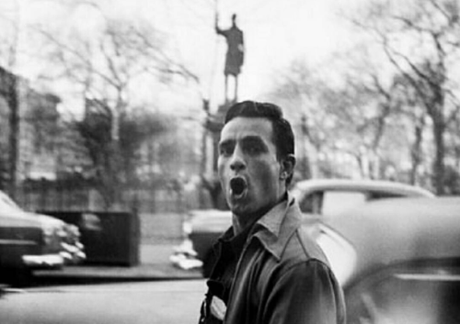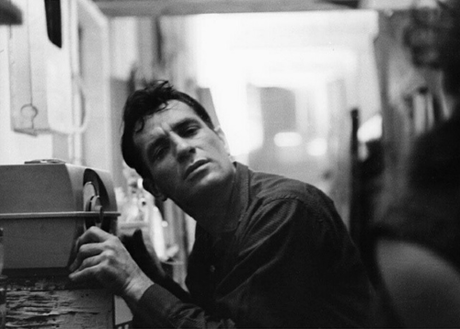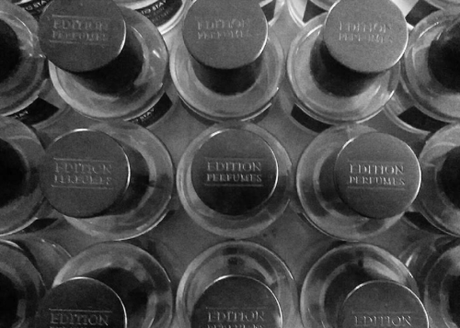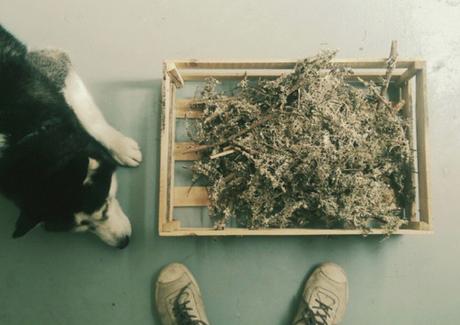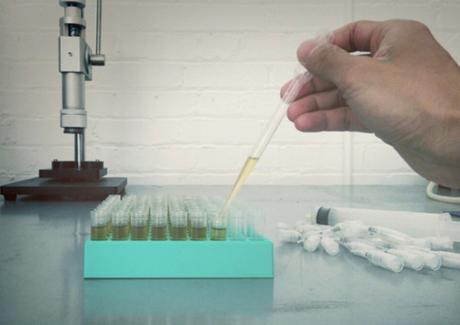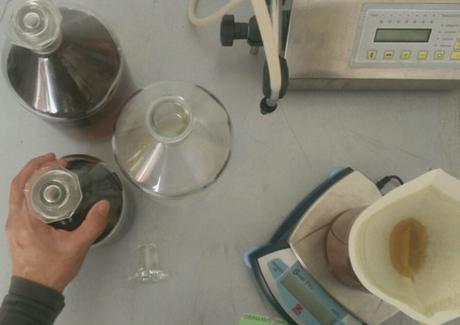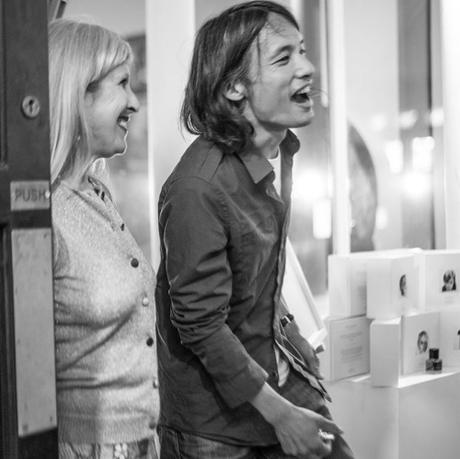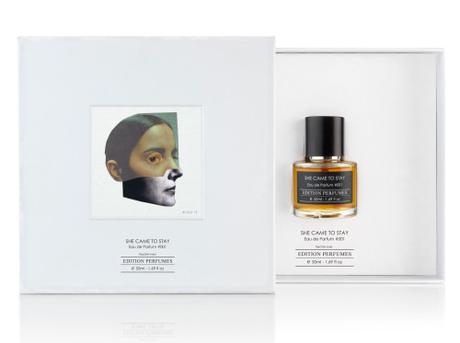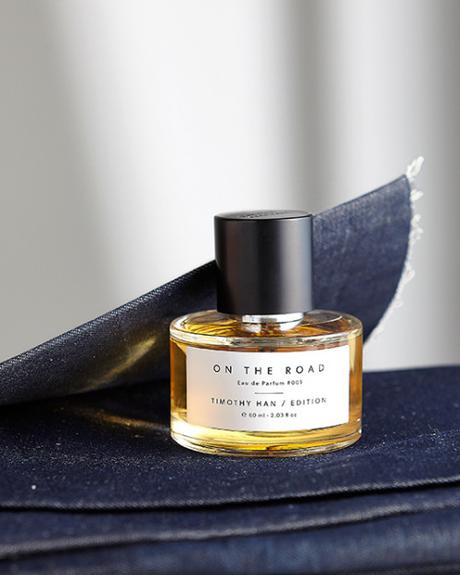
To say that something is classic is to suggest it’s somehow universal and timeless. A well-cut, well-proportioned suit, made from a dark worsted wool, is classic because it’s something you can wear for the next ten or fifteen years. And everyone can use a dark suit, if only because we all have funerals and weddings to attend.
In this sense, there are no classic fragrances – only referential ones. Guerlain’s plush, plum Shalimar, which Luca Turin describes as an amber-vanillic representation of “an evening in Paris,” is a reference oriental. Rive Gauche, similarly, is a reference rose. Mitsouko a reference chypre. In the history of fragrances, daring and skilled perfumers occasionally stumble upon new formulations that turn the industry on its head, making people see accords in a new light and, sometimes, capturing the zeitgeist. Those fragrances are a benchmark against which others are compared.
American journalist and museum curator Chandler Burr has a nice talk about this, where he connects perfumery to art, literature, and architecture. Guerlain’s Jicky, which came out in 1889 – the same year the Eiffel Tower was completed– is paradigmatic of the Romanticism and Neoclassicism happening at the time. Folded into the fragrance are Chopin’s music, Keat’s writings, and Ingres’ paintings – the scent bloomed from the same creative spirit that dominated Western Europe throughout the 1800s. Likewise, Chanel’s famous No. 5 has all the modernism of the 1920s, when it was formulated. It’s the scent of the Bauhaus movement and internationalism.
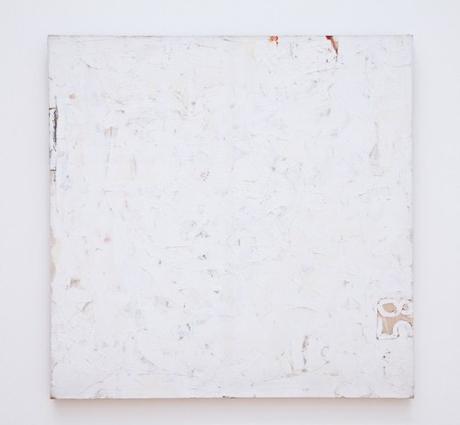
Today’s dominant aesthetic, minimalism, runs through everything from web design to fashion, and it exists just as strongly in fragrances. What started as Jean-Claude Ellena’s ethereal compositions in the late ‘90s has turned into barely-there aromachemicals that play like elevator music in the background (indeed, Byredo’s new fragrance with Virgil Abloh is called Elevator Music for that reason). They smell, frankly, like nothing. One of the best selling niche fragrances today, Escentric Molecule 01, is an overdose of Iso E Super, which is a single woody note that’s nearly undetectable to the human nose. In regular perfumes, Iso E Super is used as a booster, but as a standalone fragrance, it’s so hushed and light, you may as well be wearing filtered water. Rachel Syme at the New York Times calls these the “new softies.”
The makers of these new scents, which I have taken to calling “the New Softies,” are betting that millennials (and the Gen Z-ers slinking up behind them) are averse to pouring on a prepackaged personality. Instead, they simply want a concoction to help them smell like their glorious, unique selves, only better. (This is the olfactory equivalent of no-makeup makeup, in which people spend hundreds of hours, and dollars, to look effortless.) Perfume, for decades, was all about tangible effort. If you went through the trouble of spraying on a shellac of sweetness, you wanted people to notice, to inhale deeply during a hug and ask after your elixir. Now the dream question to be asked is: Why do you smell so good? Is it new soap?
This is to say that everyone can use a good suit, but not everyone can wear the same fragrance. Perfumes are much more connected to an era and aesthetic. Goya’s “Saturn Devouring His Son” is a classic painting, but you may not want it in your home. And even if someone isn’t familiar with these artistic connections, they know them intuitively through their associations. The dusty rose note of classical French perfumery is associated with an older generation of women because, well, they wear it. Similarly, I don’t like heady, oakmoss-leather accords of old-school masculines such as Aramis, simply because I don’t identify with the kind of men who wear them.
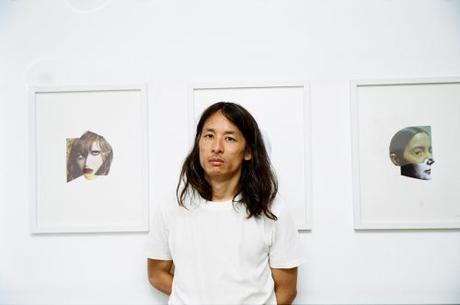
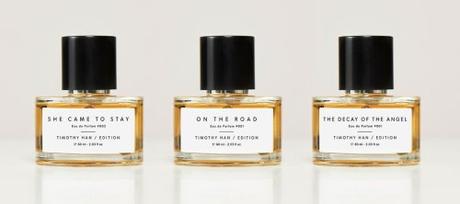
One fragrance house I’ve been really into lately, however, is Timothy Han’s Edition, which is based out of East London. Han’s fragrances are far from minimalistic – they’re actually quite heady and romantic. At the same time, they don’t have that dusty layer that makes some fragrances feel outdated. And while these scents are harder to wear than those from Frederic Malle and DS & Durga (two solid starting points for people just getting into this stuff), a single sniff of the company’s line-up a few months ago sent me straightaway to buy three of their bottles.
Han has an odd background as a perfumer. For a while, he worked for John Galliano and Givenchy, then left the fashion industry entirely to study architecture. Later, he started a scented candle company, which received critical acclaim, but not commercial success. That set him up, however, for this perfume line, which combines his interests. Instead of basing fragrances on childhood memories or those all-too-common references (e.g. a morning stroll through a dewy forest), Edition takes inspiration from books. The scents are then creatively packaged in oil-candle-like bottles and art-covered boxes.
She Came to Stay, for example, is Han’s interpretation of Simone de Beauvoir’s book of the same name. It starts with a fresh and woody concoction of geranium, lemon, and basil, then calms into a mixture of Indonesian clove and nutmeg. They dry down is a lasting finish of patchouli, vetiver, labdanum, oakmoss, and cedar. It’s deep, spicy, and seductively warm – perfect on a cold, autumn day with a chunky sweater and topcoat.
Similarly, On the Road takes inspiration from Jack Kerouac’s defining work of the postwar Beat generation. It’s unfolds like a cross-country American journey. The opening has smoky notes of benzoin and birch, reminiscent of the hot asphalt and grittiness of New York City. The fragrance then moves you through “tobacco-filled jazz dens where a new era in music was being defined, through the open dusty cornfields of the midwest, and finally drops you off at cedar forests of the Pacific Coast.”
Not all of the scents are a hit. I’m still a bit unsure how I feel about their newest release, Against Nature, which the company describes as “freshly broken sapling mixed against the notes of metal, lacquer and blood” (if that sounds strange, it’s because it is). But the line as a whole is terrific and daringly experimental – it’s romantic without being dusty; modern but not minimalistic. It’s not classic in the sense that it works for everyone, but no truly good scents are. If you’re looking for a new fragrance this fall, this is very much worth a sniff. You can find Timothy Han Edition at their website, although the line is easier to sample in the United States through Twisted Lily.
